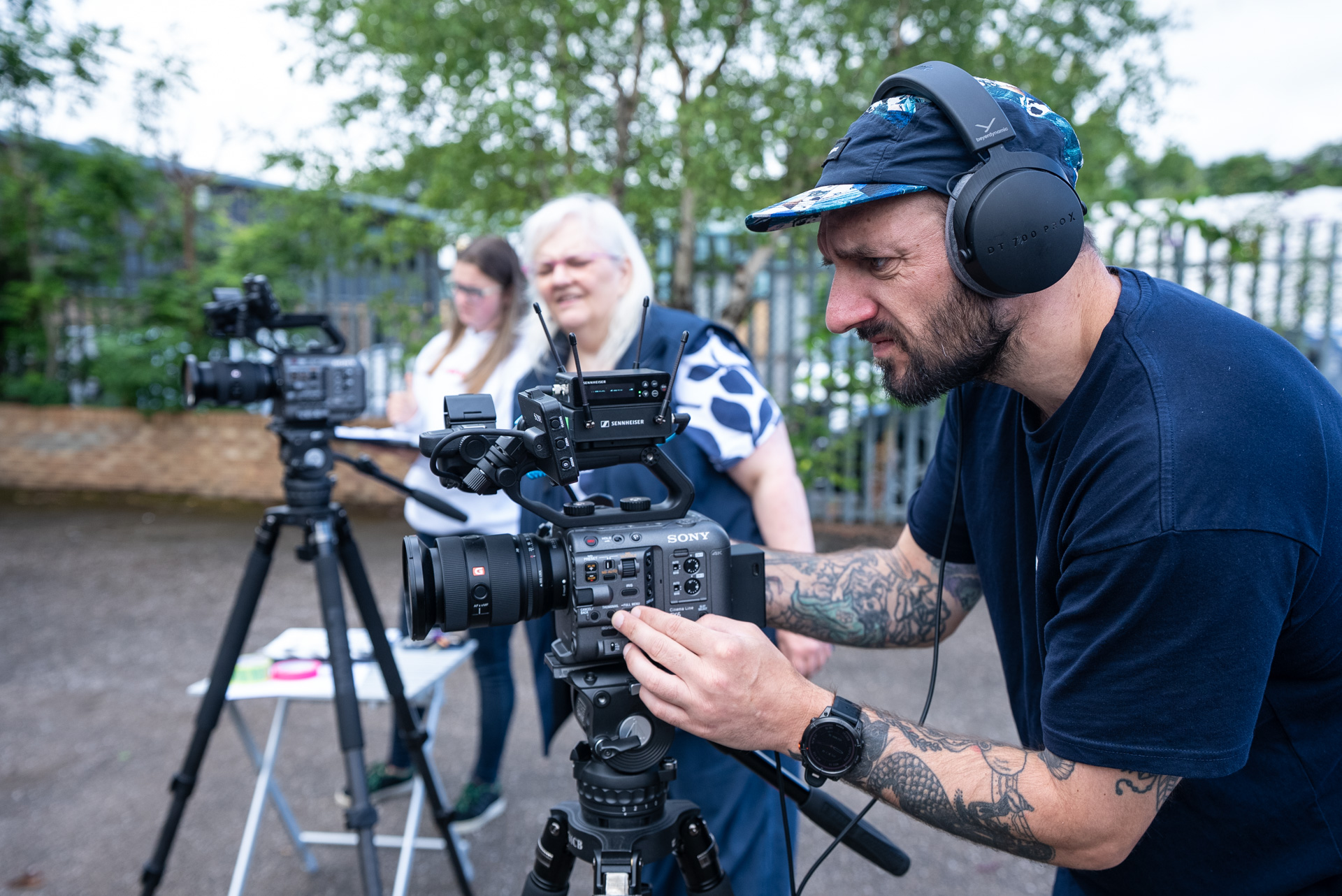Innovation has played a significant role in my life, both in my role as an Anaesthesia Specialist as well as the work that I do at Trimble Productions.
In a clinical setting, innovation often takes the form of new medications and the ways in which we apply them. A good example of this is monoclonal antibody development which has revolutionised the way that we treat patients with osteoarthritis. Another example that comes to mind is total intravenous anaesthesia by target controlled infusion of propofol; emerging in human medicine, it is now applied to our veterinary patients over the past decade.
This type of innovation plays an important part in how we treat patients in clinic. And while the development of pharmaceutical medications isn’t new, I’m always impressed by the strides being made towards improving animal welfare — through some genuinely revolutionary treatments and drugs.
With Trimble Productions, innovation has a different, but no less important, role. The format itself is innovative — sitting at the intersection of the educational theory, neuroscience and creative arts. We’re not a company who is doing anything like anyone else. We’re not a CPD company, a production company or a content creation company; we’re not an educational consultancy. We’re all those things; and are constantly innovating in the way that process works, and how it can benefit our clients.
So much of that innovation, and our evolution as a company, has come directly from our clients and the challenges that they need solving. How do you practically show the retina of a cat’s eye on video, for a course, and clearly explain how the viewer can apply this skill in their own practice? How do you make a course that could be anywhere between two to four hours in length interesting? Something that is both educational, but content that people actually want to watch and complete? These types of challenges present an opportunity for us to be creative and generate that innovation.
We tend to be very outcome-focussed, always thinking about what we want to achieve instead of sticking to a formulaic process. That focus on outcome enables us to explore new ways to reach the end goal, usually quite a collaborative process with our clients. I do think that innovation is strongest when it’s through collaboration; a shared experience to achieve goals, no matter how ambitious, and create something new.
An innovative mentality
My definition of innovation has evolved over time. By definition, it signifies the development of a product or process — a new way of doing things. Many examples of this come to mind. In recent years, so many of us have moved from phoning individual taxi companies to using apps like Uber. How we listen to music has changed: from records to CDs, to MP3 downloads through to streaming. In education, we continue to teach in the classroom — but teaching also happens online, and many people are learning in different mediums including online courses like Masterclass.
When I think about innovation now, it’s with increasingly emotive associations. Innovation, to me, is closely aligned with courage. To do something differently than other people – or to choose to try something new – requires courage and conviction. There’s a reason that a well-trodden path feels much easier to walk through. Innovation often requires you to create your own path; and to do that, you have to really stick to your guns. Even when it’s tough to do so.
I recently learned about the S-Curve of Innovation — a theory that illustrates why conviction, when it comes to innovation, is so important. Many technologies or businesses, when first launched, experience a slow adoption phase. It may be that the product or business isn’t as refined as it could be. And while many people see a use for it, things haven’t ‘clicked’ just yet. But, over time, it becomes increasingly refined — and more and more people catch onto it. This creates a self-perpetuating cycle, feeding into a steepening of the curve — and even more rapid adoption.
The business, product or technology becomes exponentially better as a result. Of course, eventually change slows and things plateau. Usually at the point of market saturation.
The S-Curve can happen over many years. Which means that the innovators of the business or product have to wait some time, along with the early adopters, and really have that conviction in what they’ve created and believe in its potential to reach that first curve.
I’ve realised there isn’t always a well-trodden path to what’s next. And there doesn’t need to be; you don’t have to know exactly where to go. But if you have that self-belief in what you’re doing, and the right people around you to help make it happen, that’s the place when innovation can truly thrive.
Toby Trimble is the Managing Director of Trimble Productions and a European Specialist in Veterinary Anaesthesia and Analgesia, MRCVS




